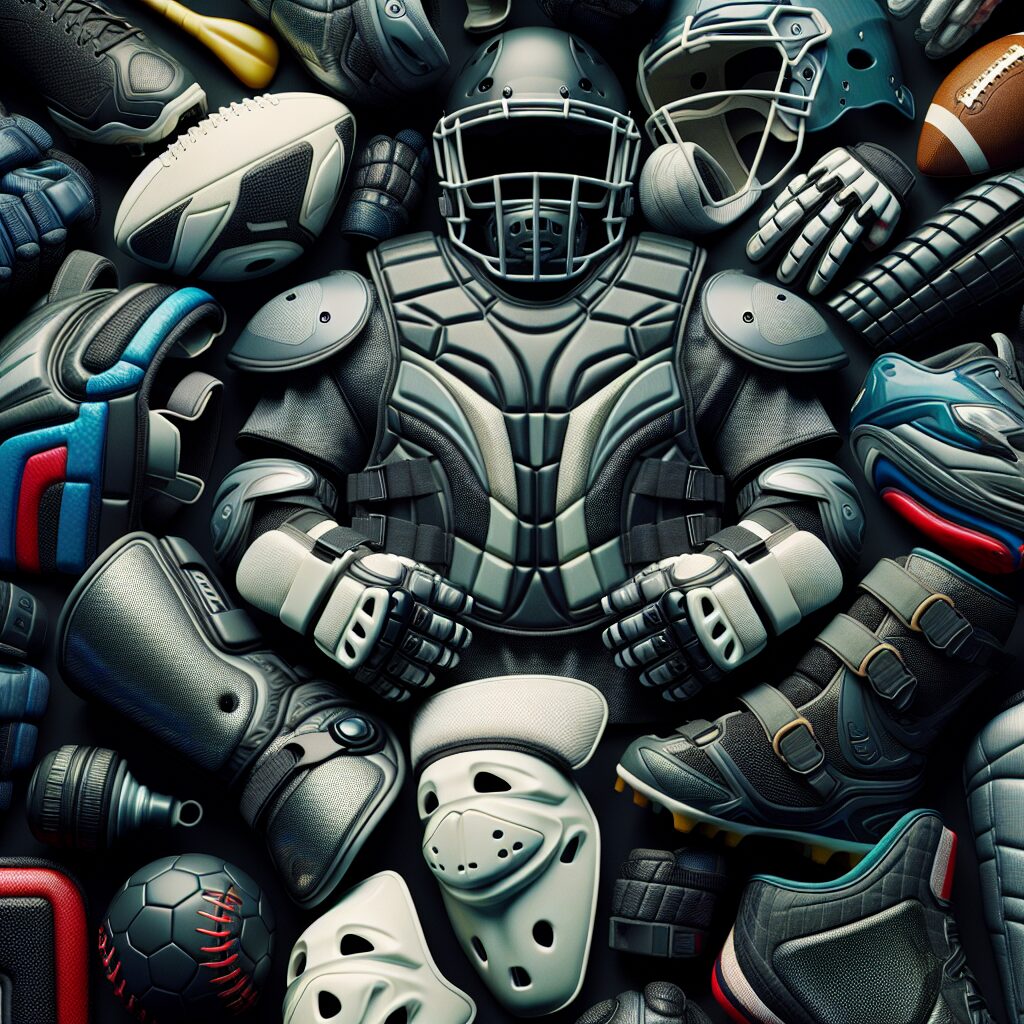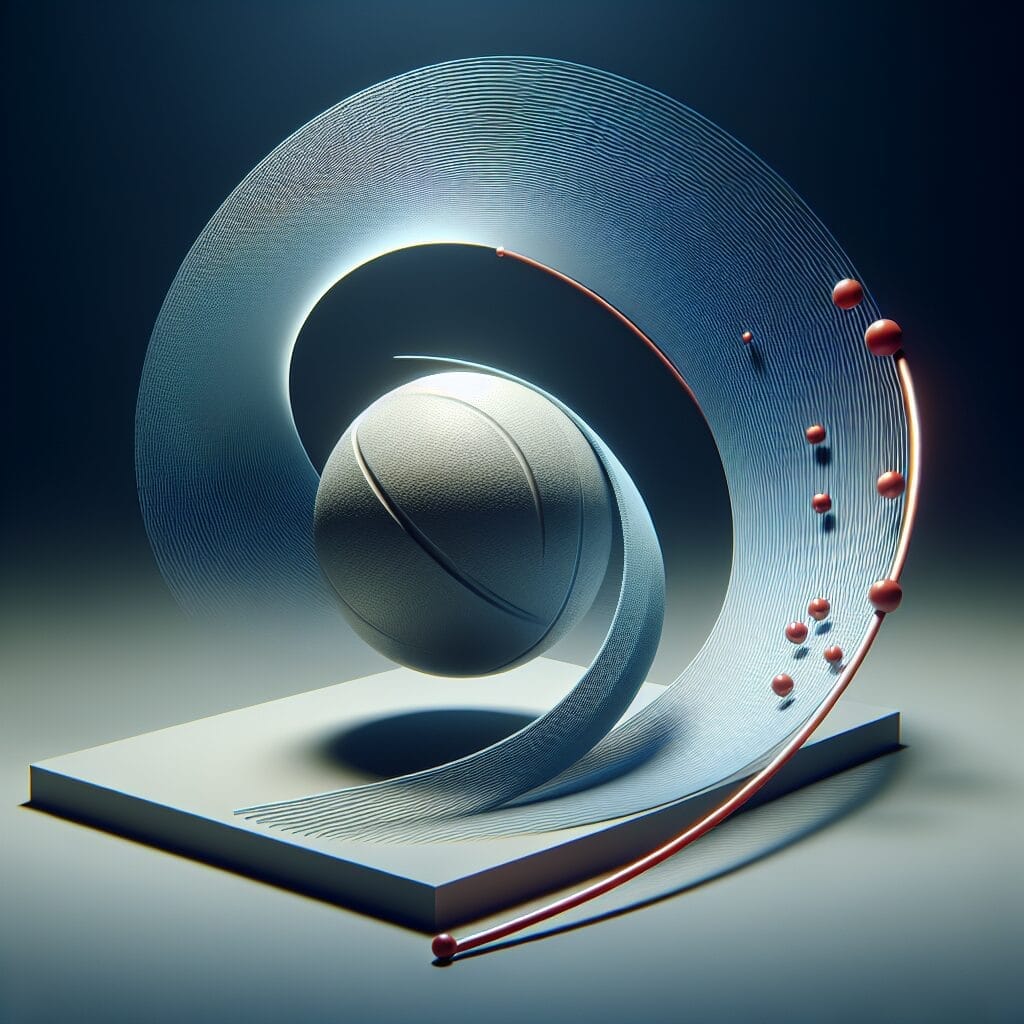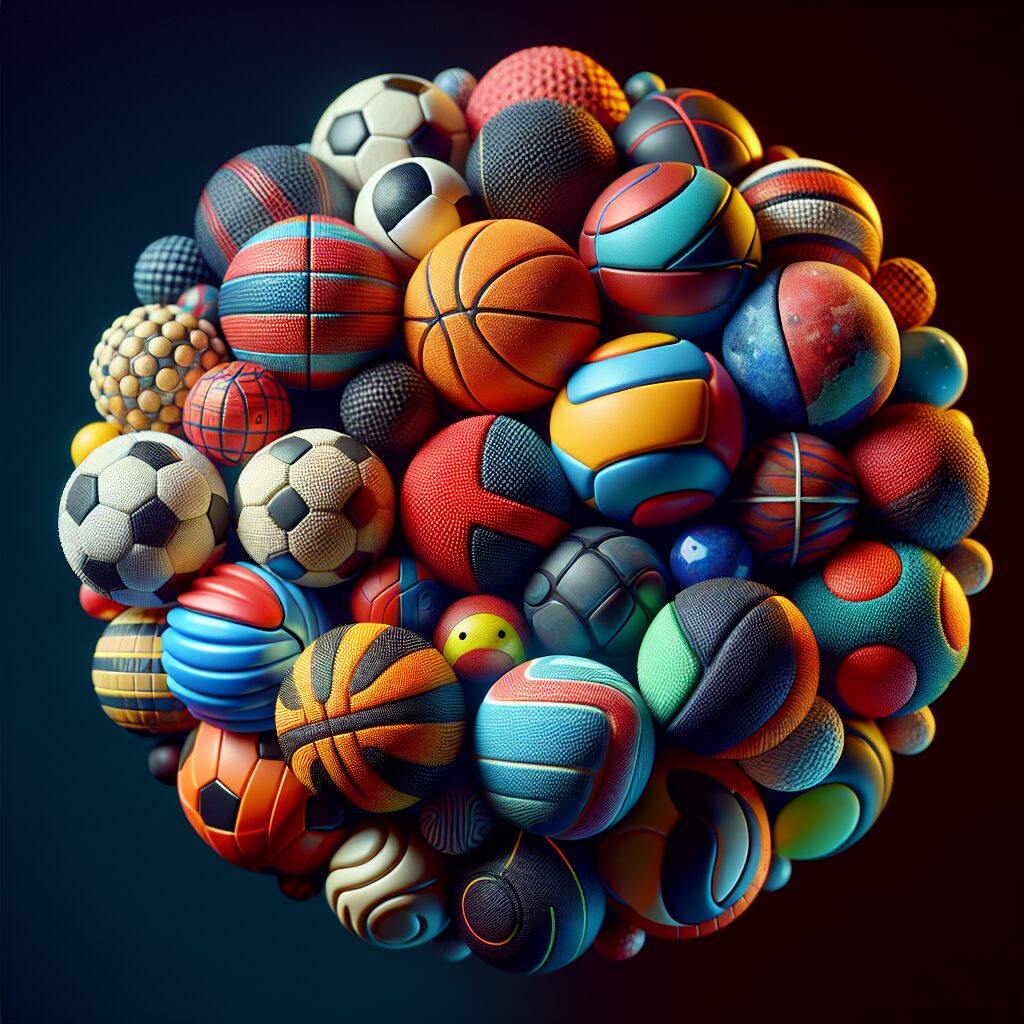Protective Gear for Athletes: Shielding Against Injuries
In the world of sports, where the adrenaline rushes and the stakes are high, athletes continuously push their bodies to the limits. However, the physical demands of various sports can expose athletes to a wide range of injuries. This is where the importance of protective gear comes into play. Designed to safeguard athletes from potential harm, protective gear not only cushions impacts but also provides stability and support to vulnerable body parts. From helmets and pads to braces and goggles, these specialized equipment pieces are a vital component of an athlete’s arsenal. Understanding the specific impacts and unique features of these protective gears is not only paramount for athletes but also for coaches, trainers, and anyone involved in the sports industry.
Now that we have established the significance of protective gear, let’s delve into the key takeaways of this article. Firstly, we will explore the different types of protective gear commonly used in various sports and their specific functions. Secondly, we will discuss the latest advancements in protective gear technology. As technology continues to evolve, so does the realm of sports safety. Athletes can now benefit from innovative materials and designs that enhance performance while reducing the risk of injury. So, let’s discover the important aspects of protective gear that athletes and sports enthusiasts should be aware of to ensure a safer sporting experience.
Key Takeaways
1. Protective gear plays a crucial role in preventing injuries among athletes during high-impact sports such as football, hockey, and rugby. Helmets, mouthguards, pads, and specialized footwear are designed to absorb impact, reduce the risk of concussions, and protect vulnerable areas like the head, teeth, and joints.
2. Helmets are one of the most important pieces of protective gear, particularly for sports prone to head injuries. They should fit properly, be certified by respected organizations, and regularly inspected for damage. Well-fitted mouthguards are also essential for preventing dental injuries, jaw fractures, and reducing the risk of concussions.
3. Pads, such as shoulder, knee, and elbow pads, are crucial for protecting athletes from hard impacts and collisions. These pads should be made of high-density foam that absorbs shock effectively. Properly fitted pads that do not hinder movement are essential for comfort and optimum protection.
4. The importance of protective footwear cannot be overstated, especially for sports involving high-speed movements, quick direction changes, or high-risk foot and ankle injuries. Athletic shoes, for instance, should provide stability, support the arch, and have proper cushioning to absorb shock and reduce the chance of sprains or fractures.
5. While protective gear is essential, it is equally important for athletes to use it correctly and maintain it in good condition. Regular inspections, following manufacturer guidelines, and replacing damaged gear are crucial to ensure maximum protection. Furthermore, proper technique, adherence to rules, and regular training can help minimize the occurrence of sports-related injuries even with the best protective gear.
What is the Importance of Protective Gear for Athletes in Shielding Against Injuries?
The Role of Protective Gear in Athlete Safety
Protective gear plays a crucial role in safeguarding athletes against potential injuries during physical activities. Whether it’s contact sports like football and hockey or individual sports like cycling and skateboarding, athletes are susceptible to various types of injuries, ranging from minor cuts and bruises to severe fractures or concussions. Properly designed and well-fitted protective gear acts as a crucial line of defense, reducing the risk of injury and providing athletes with the confidence to perform at their best.
The Different Types of Protective Gear
There is a wide range of protective gear available to athletes, tailored to the specific needs of different sports. Some of the most common types of protective gear include:
1. Helmets
Helmets are essential for protecting the head and brain. They are commonly used in sports such as cycling, football, hockey, and skiing. A well-designed helmet can absorb and distribute the force of an impact, reducing the risk of head injuries and concussions.
2. Pads and Guards
Pads and guards are worn to protect different parts of the body, including the elbows, knees, and shins. They consist of cushioned materials and hard shells to absorb impacts and prevent injuries like fractures, sprains, and contusions. Sports such as basketball, soccer, and volleyball often require the use of pads and guards.
3. Mouthguards
Mouthguards are crucial for protecting the teeth and reducing the risk of dental injuries. They are commonly used in contact sports like boxing, rugby, and martial arts. A properly fitted mouthguard can absorb impacts, minimizing the chances of tooth fractures, jaw dislocations, and soft tissue injuries.
4. Eye Protection
Eye protection gear, such as goggles or visors, is essential in sports where there is a risk of eye injuries, like racquetball, squash, and ice hockey. These protective devices shield the eyes from direct impact or flying objects, reducing the risk of corneal abrasions, retinal damage, or even blindness.
Factors to Consider when Selecting Protective Gear
When choosing protective gear for athletes, several factors should be taken into consideration:
1. Sport-specific Requirements
Different sports have unique demands and potential risks, so the gear should be tailored accordingly. For example, a football player may require a helmet with a facemask, while a volleyball player may need knee pads.
2. Proper Fit
The gear should fit snugly, ensuring it stays in place during physical activity. Ill-fitting gear can be cumbersome, affect performance, and may not provide adequate protection.
3. Material Quality
High-quality materials help ensure the gear’s durability and effectiveness. Look for gear made from strong, impact-resistant materials that meet industry standards for safety.
4. Breathability and Comfort
Athletes must feel comfortable and have proper ventilation while wearing protective gear for extended periods. Breathable materials and ergonomic designs enhance comfort and reduce the likelihood of heat-related issues during intense physical activities.
5. Maintenance and Longevity
Regular maintenance and proper care are essential to extend the lifespan of protective gear. Follow manufacturer guidelines for cleaning, storage, and regular inspections to ensure the gear remains in optimal condition.
Important Tips to Maximize Athlete Safety
- Regularly inspect and replace damaged or worn-out protective gear.
- Ensure all protective gear is properly fitted and secured before participation.
- Encourage athletes to follow proper technique and form to minimize the risk of injury.
- Provide education and training on the correct use and care of protective gear.
- Stay updated with safety standards and regulations set by sports organizations.
Frequently Asked Questions
1. Why is wearing protective gear important for athletes?
Protective gear is crucial for athletes as it provides a layer of defense against potential injuries that may occur during sports activities. It helps reduce the risk of serious harm and ensures athletes can continue to participate safely.
2. What are some common types of protective gear for athletes?
Common types of protective gear include helmets, mouthguards, shin guards, shoulder pads, knee pads, and wrist guards. The specific gear required depends on the sport being played.
3. Should athletes wear protective gear even during practice sessions?
Yes, athletes should wear protective gear during practice sessions as well. Injuries can happen at any time, and wearing gear consistently helps minimize the chances of getting hurt. It also reinforces the importance of safety in sports.
4. How should one choose the right protective gear?
Choosing the right protective gear involves considering factors such as proper fit, durability, and specific design features related to the sport. It is recommended to consult with coaches, experienced athletes, or sporting goods professionals for guidance on selecting the appropriate gear.
5. Can wearing protective gear hinder an athlete’s performance?
No, wearing protective gear is not designed to hinder an athlete’s performance. In fact, it can enhance performance by boosting confidence and allowing athletes to focus on the game without worrying about potential injuries.
6. Is it necessary for athletes to replace protective gear regularly?
Yes, it is important to replace protective gear regularly. Over time, gear can become worn out or damaged, diminishing its effectiveness. Regularly inspecting and replacing gear ensures optimal protection and reduces the risk of injury.
7. What should athletes do if their protective gear gets damaged?
If protective gear gets damaged, athletes should stop using it immediately. Continued use of damaged gear may compromise its ability to protect adequately. It is advisable to repair or replace the damaged gear before participating in any sports activities.
8. Are there any sports that require additional specialized protective gear?
Yes, certain sports may require additional specialized protective gear. For example, snowboarding and skiing often involve wearing helmets equipped with goggles and gloves designed for cold weather. Sports like fencing and boxing have specific gear requirements to ensure proper safety.
9. Can wearing protective gear prevent all types of injuries?
While protective gear significantly reduces the risk of injuries, it cannot guarantee complete prevention. Injuries can still occur despite wearing gear, especially in high-impact sports. However, wearing appropriate gear does provide a substantial level of protection.
10. How can athletes convince their teammates to prioritize wearing protective gear?
Athletes can convince their teammates to prioritize wearing protective gear by emphasizing the importance of safety and sharing personal experiences of how protective gear has prevented injuries. Setting a good example and educating others about the potential consequences of not wearing gear can also help encourage compliance.
Final Thoughts
Protective gear for athletes plays a crucial role in safeguarding against injuries. It is not only a matter of personal safety but also a responsibility towards the sport and teammates. By investing in and consistently wearing the appropriate protective gear, athletes can enjoy their chosen sports with confidence, knowing they have taken necessary measures to shield themselves against potential harm.
Remember, the goal is not just to win but also to protect oneself while enjoying the game. Prioritizing the use of proper protective gear is a small yet significant step towards a safer and more fulfilling athletic experience for all.




